Modern novels with an architectural theme have, to say the least, a mixed pedigree. At their finest, as in Thomas Bernhard’s Correction, the fluidity and ambiguity of prose fiction mitigates, even undermines, the obsessive planner’s or designer’s quest for a perfect construction. On the other hand, Ayn Rand’s all-too-influential The Fountainhead – loopy Bible of the libertarian right – shows that novelists too can fall for the tattered myth of the heroic, iron-willed master-builder.
The first novel by a South African poet, OK, Mr Field shapes its architectural components into a haunting and original design. Katharine Kilalea smartly avoids the usual paradigm of hubris-and-nemesis – perhaps as ancient as the Tower of Babel – that clings to stories of proud buildings and those who create or inhabit them. Max Field, her narrator, is not an architect but a lonely, disappointed concert pianist, his career ended by a Tube accident that broke his wrist. Even in his recital days, however, the chilly Field has kept his distance from the passions of his music. After a performance of Chopin’s “Raindrop” prelude, which becomes a leitmotif of the novel, a listener notices the “absence of feeling” in Field’s “splintered, wooden” rendition. How do we inhabit our own emotions, how do we inhabit our living space, and how do these inner and outer worlds connect – or fail to connect? Although lucidly, indeed beautifully, written, Kilalea’s novel poses question that belong to philosophy – and poetry – as much as architecture itself.
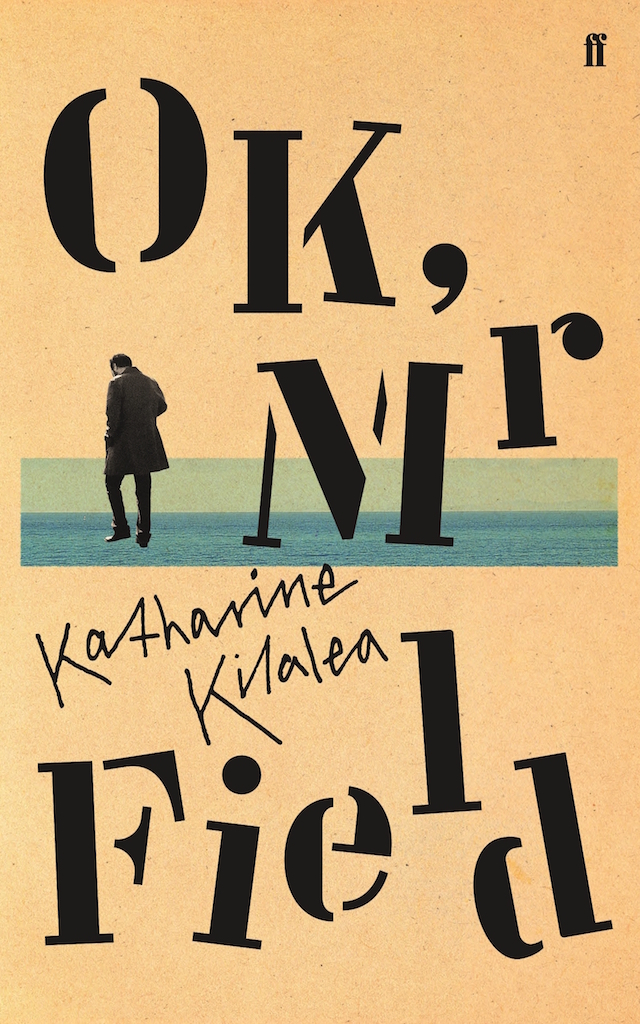 On impulse, after he receives compensation for his injury, Field buys a house on the coast near Cape Town. It is an exact facsimile of Le Corbusier’s Villa Savoye, the austere concrete house on stilts outside Paris that, soon after its construction in the late 1920s, became a global icon of the Modernist “international style”. Field falls for the “clean lines and pure geometry” of its Cape Town twin. He moves in with his wife Mim to pursue – as he hopes – a suitably clarified and simplified life in it.
On impulse, after he receives compensation for his injury, Field buys a house on the coast near Cape Town. It is an exact facsimile of Le Corbusier’s Villa Savoye, the austere concrete house on stilts outside Paris that, soon after its construction in the late 1920s, became a global icon of the Modernist “international style”. Field falls for the “clean lines and pure geometry” of its Cape Town twin. He moves in with his wife Mim to pursue – as he hopes – a suitably clarified and simplified life in it.
Inevitably, his plans for a purified existence, with mountain behind and ocean in front, “stretching in every direction”, swiftly go awry. The unfathomable Mim soon departs. What has become of her? A builder named Touw plans a grandiose, Utopian housing project on the hillside behind. So the disruptive din of construction work thuds through Field’s vacant days. Almost a hermit, his solitude punctuated by aimless drives around the Cape Peninsula, Field drifts into an obsession with the widow of his house’s architect, Hannah Kallenbach. He becomes a sort of stalker, peering through her windows from the garden of her suburban home. The seasons pass. The rain hammers relentlessly, destructively down on this transplanted box of abstract European idealism – and how strange to read these passages now, as Cape Town with its depleted dams thirstily craves every winter drop after its long drought. Mist – as it often does around that city – rolls in ominously from the ocean, “hanging over the world like a new law”. Field’s isolation in this uprooted Modernist “machine for living” pushes him towards some kind of crisis or collapse, as his “Days opened up with nothing inside them”.
Climate and setting degrade this meticulously engineered space, which aims to give shape and order to existence. Touw’s intrusive grand design next door shatters the dream of tranquil self-sufficiency. The mood of erosion and fragmentation seeps into Field’s mind. His alienation, and dislocation, deepens. Increasingly, he feels that “Things are on the cusp of not being themselves”, and that “the very glue which held the objects of the world together” is “growing old and weak”. When he tries to play his battered old Bechstein (Chopin’s “Raindrop”, of course), his hands act like “two characters, one expressive, the other unexcitable, who’d been together once but were now detached”. His fixation with Hannah lends a purpose to his numbed routines, but also carries risk.
A stranger to himself (and, needless to say, a far-from-reliable narrator), Field finds that signs, words, objects and – above all – spaces lose their borders, edges and identities. The homage to Le Corbusier in which he dwells now fosters not bracing clarity, but utter perplexity. Caught in its “rhythmic geometries”, he swoons into vertigo. “As in a cubist painting”, these disorienting perspectives “forced me to occupy several points of view at once”. We sense the nearness of some shattering event that will break Field’s frame, and smash his walls. Could the horrible sight of a horse maimed in a road accident, which dies “with the look of creature who is not alone but has something to think about”, trigger the catastrophe?
As it surveys the porous, shifting boundaries between mind and world, the dialogue between our senses and our spaces, OK, Mr Field distils into vivid image and impression the sort of ideas that seldom find a place in mainstream fiction. Kilalea’s approach reminded me not only of the philosophy of Heidegger but Bachelard’s great exploration of the house as the frame for consciousness, The Poetics of Space. But her sensuous, sculpted prose keeps her narrative lean and spare, though always enigmatic.
The novel also sets up a tantalising relationship to its own geographical location. On one level, it conforms closely to the topography of the False Bay seaside settlements around Kalk Bay and St James, from the ageing-hippy art shops and boisterous summer bars to Kalky’s fish-and-chip restaurant, even the pushy Cape Fur seals that cadge for fish along the dock. On another, Kilalea converts this stretch of coast between Muizenberg and Fish Hoek, and the mountains that rise behind it, into a pure landscape of imagination. The novel’s own routes and distances do not always match any map. The experience of place can be as subjective, as mutable, as the shifting sea itself. Moreover, the social context of Cape Town nearly – but not completely – vanishes. Ostensibly, differences of race and culture play no role here (the real Kalk Bay is a “Coloured” fishing community long colonised by white professionals).
And yet… my sense is that, as in the more gnomic novels of JM Coetzee, South African realities do silently underpin this narrative. From the endless competition for land and the policing of private property to the fear of break-ins (or “home invasions”) and the sudden proximity of violence, the backdrop to Field’s angular castle on the coast does – however obliquely – belong to a historical as well as an imaginary terrain. I detected the magnetic pull of Coetzee, too, in the somewhat anticlimactic dénouement. Animals and their interaction with humans – that abiding Coetzee theme – come to the fore as Field befriends a stray dog; a “simple” creature, he thinks, that “wishes to be loved only”. This ending, with its echoes of Disgrace, feels abrupt. Still, it hardly detracts from the uncanny power of this memorable, even mesmerising, debut.
- OK, Mr Field by Katharine Kilalea (Faber & Faber, £12.99)
- Boyd Tonkin's 100 Best Novels in Translation is published by Galileo
- Read more book reviews at theartsdesk

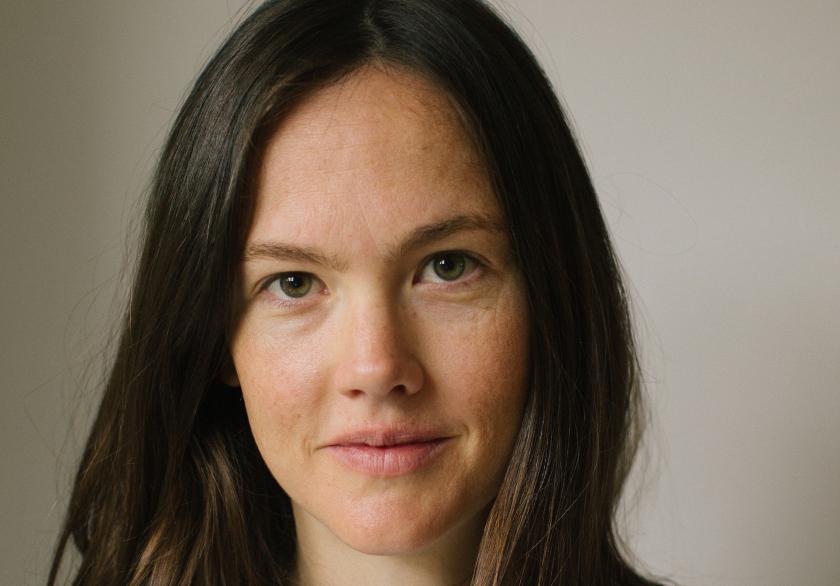


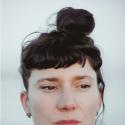
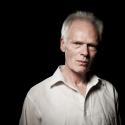






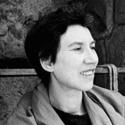


Add comment